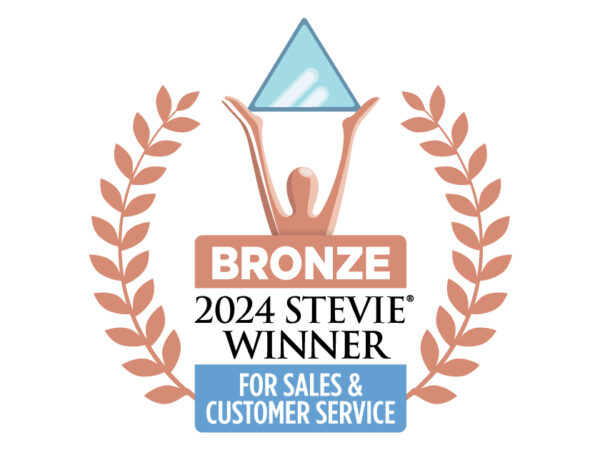December 14, 2021
The Best And Worst Time For Used Cars In The United States
The automotive industry is experiencing a once-in-a-lifetime moment right now. New car inventory is at an all-time low and many local dealerships are struggling to source inventory, yet many of them are achieving record profits.
Charles Dickens’ famous line from A Tale of Two Cities seems like a fitting quote for this topsy-turvy situation, not just for the automotive industry, but for business leaders everywhere during the pandemic:
“It was the best of times, it was the worst of times, it was the age of wisdom, it was the age of foolishness, it was the epoch of belief, it was the epoch of incredulity, it was the season of light, it was the season of darkness, it was the spring of hope, it was the winter of despair.”
How did we end up here, at least in the automotive industry?
The ‘Great Chip-ocalypse’
The “Great Chip-ocalypse” began when auto manufacturers cancelled or suspended their microchip orders at the start of the pandemic, out of concerns for reduced consumer demand. The chip factories reallocated their capacity to consumer electronics, which saw booming demand.
But as people began to cancel their vacation plans and started getting checks from the government, they had new money to spend. A big chunk of that money went to purchasing more vehicles.
Dealers sold their existing inventory and began clamoring for new inventory. Unfortunately, without the necessary microchips, new vehicles couldn’t roll off the lot. Because the chip factories had reallocated their capacity to other industries, the auto manufacturers weren’t getting new chips any time soon.
Price Increases
With just about every dealer in the United States needing more inventory to sell, used car prices are rising. Data from my company shows that since January 2020, we’ve seen the retail prices on the 100 most in-supply vehicles appreciate 13%. This market is absolutely upside-down.
Companies like Carvana, Vroom and CarMax typically have deeper pockets than most local car dealers and have been aggressive with their offers to consumers to buy their vehicles. According to Carvana’s 2020 Q4 shareholder letter, they sourced 65% of their vehicles directly from consumers, up a significant percent from 7% at the end of 2017.
Local car dealers have also benefited from the supply chain issues. With limited supply, many are holding to their advertised prices and negotiating less, resulting in increased revenue for the business. The car dealers that understood that inventory sourcing from the public was already their number one supply of used cars, and had already built sourcing strategies, are succeeding now.
A Volatile Market
With prices appreciating on used vehicles, consumers have a lot less buying power than two years ago. In this strange market, we’re frequently seeing used cars sell for more than brand new cars of the same make and model.
I have also frequently seen marketing campaigns from dealers that say “we’ll pay you thousands more than the book value,” as those valuation methodologies haven’t been able to keep up in a volatile market.
Perhaps the most troubling implication of the current automotive market is a potential financing bubble. Prices on used cars will come down to reality eventually. A person taking out a $30,000 loan on a car currently listing for $35,000 that will be worth $25,000 next year results in a customer being upside-down on their loan. Multiply this by tens of thousands of consumers, and you’ve got the makings a systemic financial issue.
Low Inventory
The current inventory situation isn’t entirely rosy for dealerships either. Local dealerships are running out of new car inventory, and the chip shortage, aka inventory shortage, looks to persist into 2023.
In the short term we’re witnessing a classic supply and demand scenario. Supply is down, demand has remained steady, while prices on used cars have been appreciating, leading to soaring dealership profits.
What This Means For Business Leaders
With nothing to sell, I think we can expect to see layoffs, industry consolidation and even possible dealership closures, stifling a vital source of local economic opportunity. A lack of inventory collapses the trade-in process. If a consumer has no car to purchase after trading in their original car, they’ll take their vehicle to a dealer who does have a replacement.
Should the financing bubble burst, I predict we’ll see higher than normal loan defaults, resulting in reduced consumer spending and confidence over the next few years. This will likely diminish demand for vehicle purchases just as the supply chain begins to rebound, reversing the trend of appreciating used car prices. To what extent this may impact the broader business community is still unclear.
One of the biggest lessons here is that the dealerships that had existing strategies in place to source used vehicles from consumers have fared better than those who haven’t. Their lots remain full of cars, awaiting new customers.
Business owners everywhere can learn a lesson from those savvy dealers. Don’t rely upon a single source of new customer acquisition. Having a diversified approach and an intentional strategy to grow each channel reduces risk when macroeconomic forces disrupt one revenue stream.
This article originally appeared on Forbes.com


